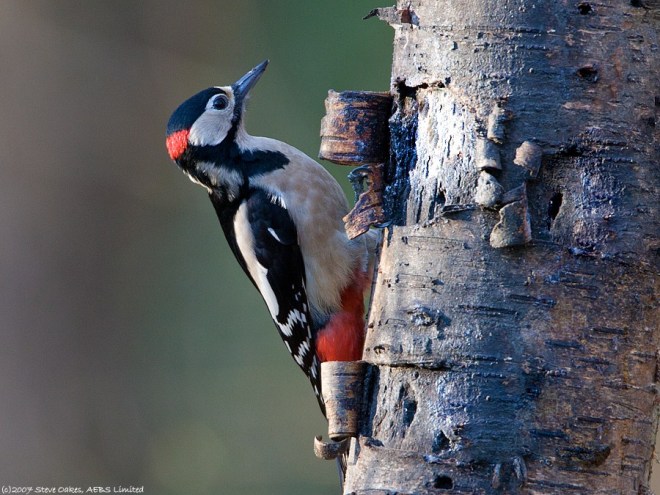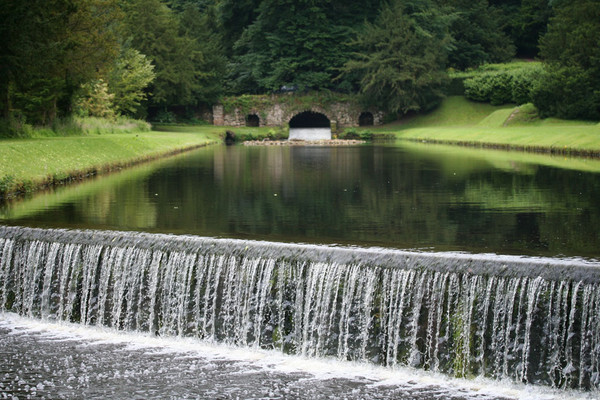Beijing, 30 March 2014
We’ve had a bad air day here in Beijing.

Actually, we’ve been having a series of bad air days, after a relatively long period of good air days. Due to the change of weather patterns as we move from winter to spring, I imagine.
In any event, these days of high particulate levels have led to an efflorescence of masks on the face of pedestrians.

When my wife and I first arrived here four years ago, the local population stoically accepted the situation. The official government position at the time could be summed up as: “air pollution? what air pollution?” So the masses followed the party line and officially shrugged off the decision by some foreigners to wear protective masks as weak-kneed and effeminate. At most, they would don surgical masks

a common enough habit here, although used more as a way to control the spread of the common cold.
Then, about a year ago, with the change in party leadership, the government made it publicly known that actually there was an air pollution problem, and almost overnight Beijingers started wearing protective masks. Such is the power of the party …
My wife and I, though, are made of tougher stuff and have considered all these mask wearers, Chinese and foreigners alike, weak-kneed and effeminate. That is, until now. Because even we, tough nuts though we are, have begun to think that maybe we should also be wearing masks on bad air days, before we get hit with an irreversible case of asthma or worse.
But what masks should we wear? And here, I have to say, aesthetics will play as much a part in our decision as efficacy. Efficacy alone would suggest wearing some sort of gas mask. The problem is, gas masks – at least in their traditional form – are fantastically unaesthetic. Consider this photo, taken in London during the Second World War

The Londoners in question were taking part in a drill, to make sure they knew how to use their masks in case the Germans dropped gas bombs.
Or how about this one, also from the Second World War, of some bizarre outing in the woods by a bunch of people (scouts?), all kitted up in gas masks

Can you imagine us all walking around Beijing looking like this? Already walking around in the smog is depressing enough. Having people looking like this looming out of the fug around you would be enough to give you a serious case of the heebie-jeebies. It would be like meeting a streetful of Edvard Munch’s screamers; one would begin to start screaming oneself.

The more modern gas masks have a friendlier design, showing as they do the face of the wearer.

I mean, at least you could smile at each other as you pass on the pavement and give each other moral support in this time of trial and tribulation.
But I feel that wearing even such a user-friendly gas mask would really be over the top. After all, we are only being subjected to excessively high particulate levels and not to massive leaks of poisonous gas, which these gas masks were presumably designed to deal with. Good design must be “fit for purpose”, as they say; these gas masks fail on this criterion.
A somewhat pared-down version of these gas masks is available in China, which has the “snout” but not the eye coverings.

And that is precisely the problem which I have with this particular mask design. It would make the wearer look somewhat porcine

So we need to look further afield for an efficacious but also aesthetically pleasing mask. I have found these on the web and/or seen people wearing them on the street:


My wife and I have debated the relative merits of these masks. Always assuming that we take the final plunge and buy masks, she would go for the fourth, which gives her space to breathe; she has tried the last mask and found it suffocating. For my part, I would go for the second mask, which I find pretty cool.
Of course, the best would be that NO-ONE has to wear masks. But for that to happen, the party is going to have to take some painful decisions. We will see …
____________________
Smog in Beijing: http://www.csmonitor.com/var/ezflow_site/storage/images/media/content/2013/0114-smog/14755543-1-eng-US/0114-smog_full_600.jpg [in http://www.csmonitor.com/World/Latest-News-Wires/2013/0114/Heavy-smog-in-Beijing-prompts-uncharacteristic-government-transparency-video%5D
Beijingers wearing masks: http://www.thestar.com/content/dam/thestar/news/world/2014/02/24/pollution_soars_in_china_rare_industry_shutdowns_reported/china_smog.jpg.size.xxlarge.letterbox.jpg [in http://www.thestar.com/news/world/2014/02/24/pollution_soars_in_china_rare_industry_shutdowns_reported.html%5D
Mask-medical: http://news.xinhuanet.com/english/china/2013-10/21/132816417_11n.jpg [in http://news.xinhuanet.com/english/china/2013-10/21/c_132816417.htm%5D
Gas masks in WW2-1: http://www.moneyandshit.com/wp-content/uploads/2010/02/partisans-in_World_war2.jpg [in http://www.moneyandshit.com/partisans-in-gas-masks-during-world-war-2n/%5D
Gas masks in WW2-2: http://charlesmccain.com/wp-content/uploads/2013/12/hist_uk_20_ww2_pic_gas_mask_mock_london.jpg [in http://charlesmccain.com/2013/12/2768/%5D
The Scream lithography: http://upload.wikimedia.org/wikipedia/en/5/50/Munch_The_Scream_lithography.png [in http://en.wikipedia.org/wiki/File:Munch_The_Scream_lithography.png%5D
Gas mask-modern: http://img.xxjcy.com/pic/z14f386f-0x0-1/industrial_gas_masks_product_mf27_full_eyepiece_gas_mask.jpg [in http://www.xxjcy.com/manufacturers/z6a4a78/iz28e1a63-mf22a_type_gas_masks.html%5D
Mask-1: http://gdb.voanews.com/B8CC4108-6777-4820-9381-2F5CFE6AB98E_mw1024_mh1024_s_cy7.jpg ] [in http://www.voanews.com/content/study-finds-coal-pollution-cuts-north-china-lifespan-by-five-and-a-half-years/1697648.html%5D
Pig snout: http://kristilowe.files.wordpress.com/2013/09/istock_000012723567small.jpg [in http://kristilowe.com/tag/pig-snout/%5D
Mask-2: http://www.allergyasthmatech.com/ProdImages/model_photo copy[1].jpg [in http://www.allergyasthmatech.com/SP/Air_Pollution_Mask/101_373%5D
Mask-3: http://www.loftwork.jp/~/media/Images/Event/2013/20131218_frog/r_04.ashx?h=402&w=537 [in http://www.loftwork.jp/event/2013/20131218_frogdesign/report1218.aspx%5D
Mask-4: http://www.myredstar.com/wp-content/uploads/2013/02/Totobobo.jpg [in http://www.myredstar.com/smog-living/%5D
Mask-5: http://www.pri.org/sites/default/files/story/gallery/huang.jpg [in http://www.pri.org/stories/2013-11-11/beijingers-don-masks-defend-themselves-against-dirty-air-and-make-fashion%5D
Mask-6: http://www.i-m-s.dk/wp-content/uploads/2013/02/china-air-poll.jpg [in http://www.i-m-s.dk/pollution-finally-a-front-page-story-in-china/%5D
Mask-7: http://www.theworldofchinese.com/wp-content/uploads/2014/02/top5-masks-master.jpg [in http://www.theworldofchinese.com/2014/02/the-top-pollution-busting-face-masks/%5D















































































